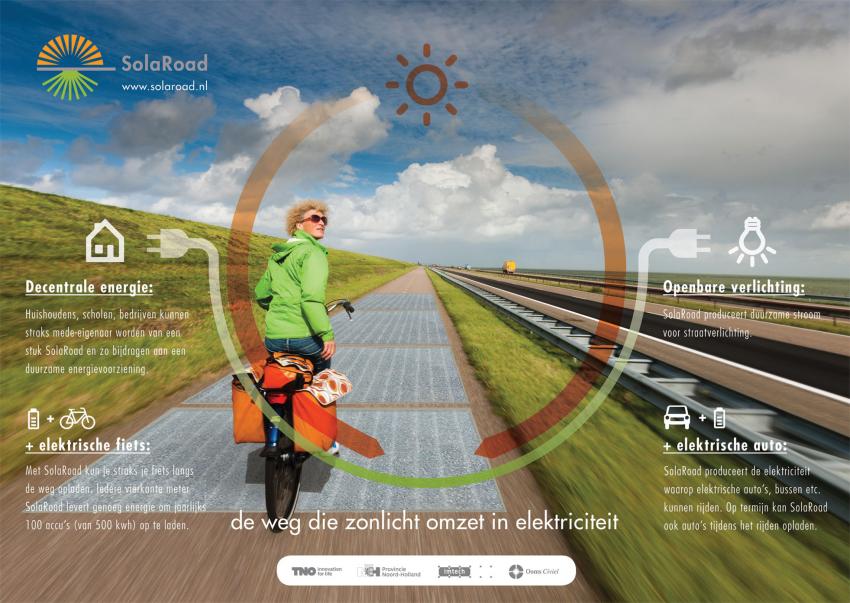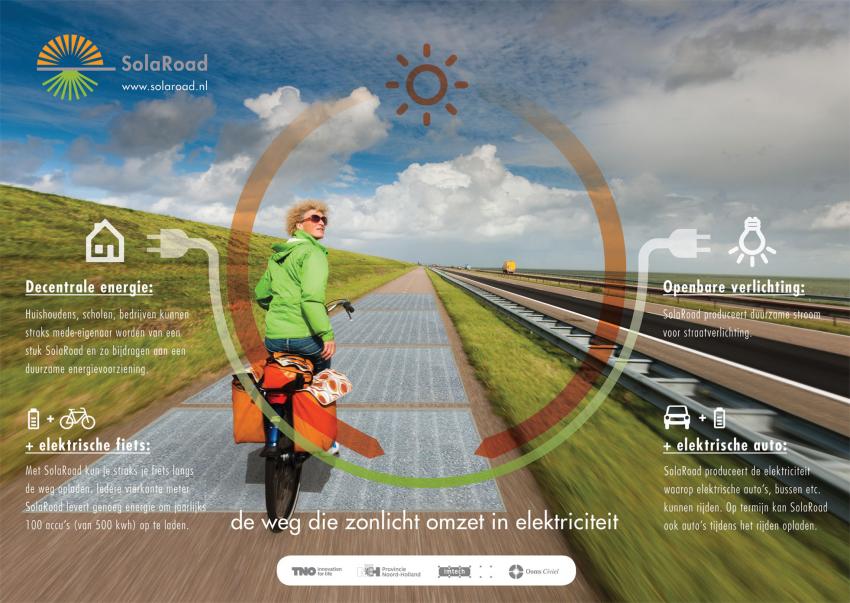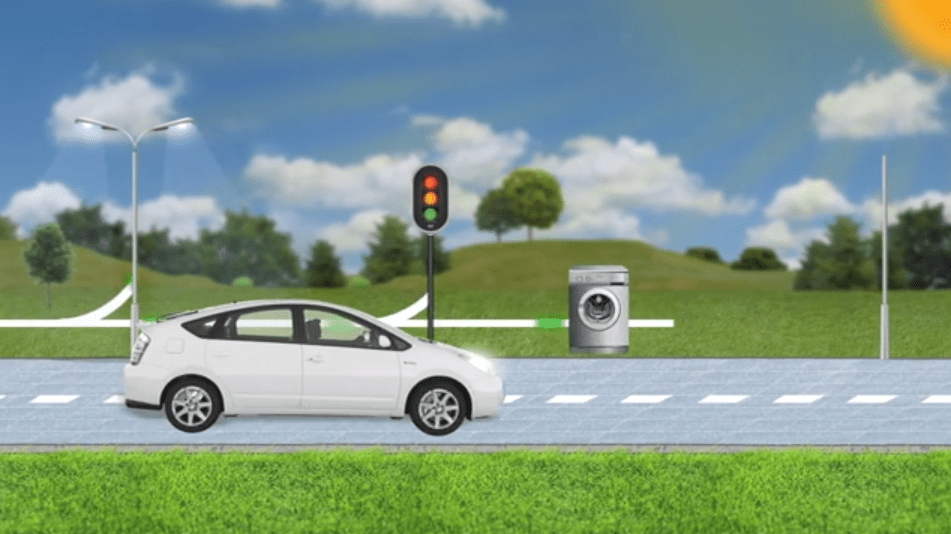

Last year, a bike path that services 2,000 cyclists per day, which is located in Amsterdam, was dotted with solar panels in the hope of generating electricity, and it is working like a charm.
Ultimately, this feat was accomplished by using rows of crystalline silicon solar cells that were embedded into the concrete of the path and covered over by a thick, tempered glass. In the end, the solar panels that are embedded in the bike path were placed between glass, silicon rubber, and concrete, which made them strong enough to support 12-tonne fire trucks.
This is incredibly impressive, but not terribly surprising, considering that engineers spent five years ensuring that the system is durable. “If one panel is broken or in shadow or dirt, it will only switch off that PV panel,” said Jan-Hendrik Kremer, Renewable Energy Systems consultant at technology company Imtech.
Of course many individuals pointed out that the road has a few flaws. For example, wouldn’t it be rather ineffective when it gets dirty and can’t receive sunlight? And why not just build panels on buildings, instead of implanting them in the road?
First, the road was built slightly titled in an effort to keep dust and dirt from accumulating and obscuring the solar cells, and based on the current results, this simple method has obviously worked. Second, the location is one of the keys to this roadway. Ultimately, the road itself is used to power streetlights and other nearby structures. Innovator Sten de Wit from TNO adds, “This could be a breakthrough in the field of sustainable energy supply. In particular, if the road concept will develop into a system, with which the generated electricity is transported to the vehicles driving on the road. Try to imagine that power will then be generated at the place where it is needed. Subsequently, a big step towards an energy-neutral mobility system will be possible.”

Currently, the bike path is rather short, just 230 feet (70 meters); however, when the bike path is extended to its full 328 feet (100 meters) in 2016 engineers said that it could generate enough energy to power 3 houses (which is no small feat for such a short road). Just six months into the trial, engineers say the system is working even better than expected. The path is generating 3,000 kWh, or enough electricity to power a small household for a year. And keep in mind, this is just a tiny section of road.
Of course, not everything is picture perfect, but then, no one expected that it would be. There is a small portion of the coating that has proven to be a bit of a problem. The coating is meant to give some additional grip to the roadway; however, it has become delaminated due to temperature fluctuations. The engineers at SolaRoad are working on ways to improve the coating.
In the press release, the company details the trip period: “For a three-year period, various measurements will be taken and tests performed to enable SolaRoad to undergo further development. The tests must answer questions such as: How does it behave in practice? How much energy does it produce? and What is it like to cycle over? In the run-up to the surface being laid, the road was tested in the laboratory to ensure that it fulfils all (safety) requirements for road surfaces.”
Since this project has proven to be so successful, SolaRoad is now trying to get the panels installed in other areas in the Netherlands and, perhaps best of all, a similar agreement has been signed with the state of California.
Learn more in the video below.
hat tip to Science Alert